Description
Familiarity with Treatment
A modified radical mastectomy is a surgical procedure used to treat breast cancer. It involves the removal of the entire breast, including the breast tissue, nipple, and areola, as well as the removal of some or all of the axillary lymph nodes. The underlying chest muscles are generally preserved. This procedure is a modification of the more extensive radical mastectomy, which involved the removal of the chest muscles as well.
Procedure
During a modified radical mastectomy, the surgeon makes an incision in the breast and removes the entire breast tissue, including the nipple and areola. The axillary lymph nodes are also removed to assess if the cancer has spread. The incision is then closed with sutures or surgical staples. The procedure is typically performed under general anesthesia.
Who is it Suitable For?
A modified radical mastectomy may be recommended for individuals with breast cancer, particularly when the cancer has spread to the axillary lymph nodes. It may also be an option for treating breast cancer in cases where there is a reason to remove the axillary lymph nodes. The decision to undergo a modified radical mastectomy is made in consultation with a healthcare provider or surgeon, considering the individual’s specific circumstances.
Who is it Not Suitable For?
A modified radical mastectomy may not be suitable for individuals with certain medical conditions or contraindications to surgery. The decision to undergo a modified radical mastectomy is made in consultation with a healthcare provider or surgeon, taking into account the individual’s specific circumstances.
Advantages
The advantages of a modified radical mastectomy include:
- Removal of the entire breast tissue, reducing the risk of cancer recurrence in the breast.
- Assessment of the axillary lymph nodes to determine the extent of cancer spread.
- Potential for improved survival rates in certain cases.
- May be an option for individuals who prefer complete removal of breast tissue.
Complications
Complications of a modified radical mastectomy can include short-term breast swelling, breast soreness, hardness due to scar tissue, wound infection or bleeding, seroma (fluid accumulation), lymphedema (swelling of the arm), and limitations in upper extremity mobility. However, it is important to note that the risk of complications is generally low, and the procedure has been performed successfully in numerous cases.
Preoperative Care
Preoperative care for a modified radical mastectomy involves a comprehensive evaluation by a healthcare provider to determine the need for surgery and the most appropriate approach. This may include medical risk reduction, diagnostic tests, and discussions about the procedure, potential risks, and expected outcomes.
Postoperative Care
Postoperative care for a modified radical mastectomy includes pain management, wound care, and monitoring for any signs of complications. Emotional support and counseling may also be provided to help individuals cope with the emotional impact of the surgery. Breast reconstruction may be an option for individuals who wish to restore the shape of the breast. It is important to follow the healthcare provider’s instructions regarding postoperative care, including any necessary follow-up appointments.

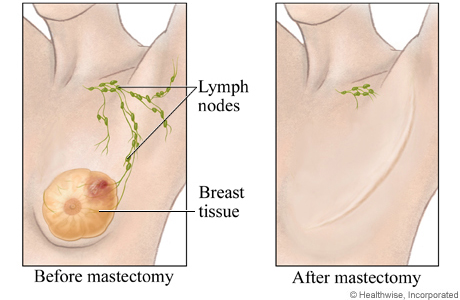
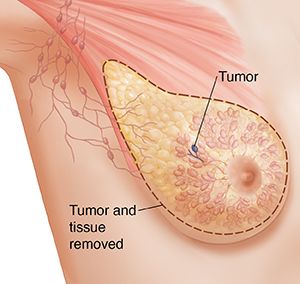
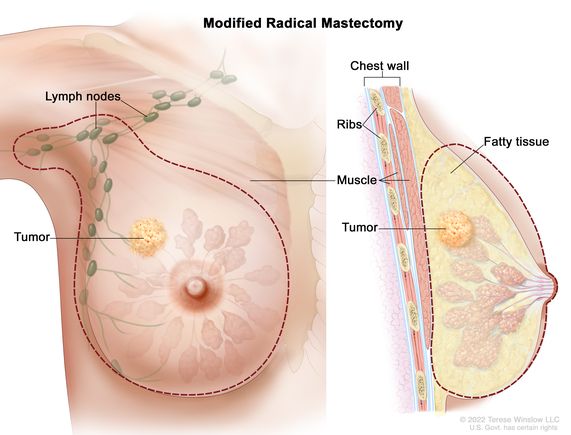
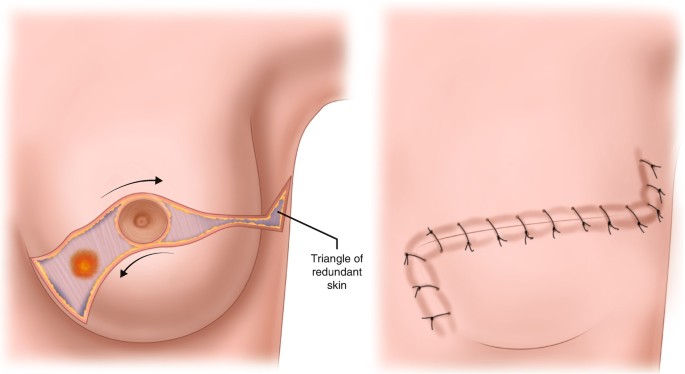
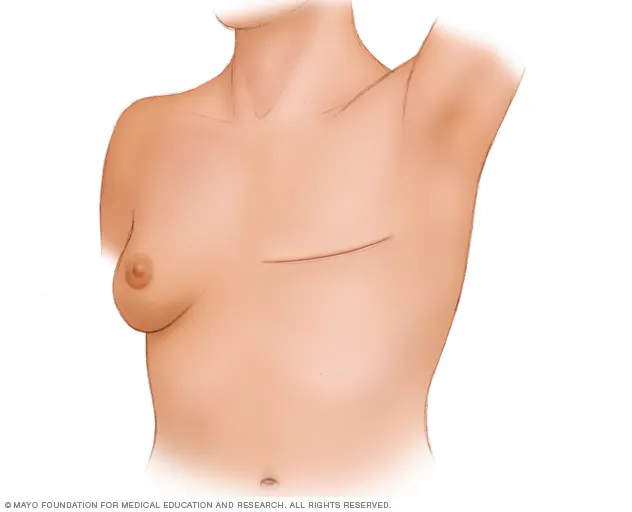
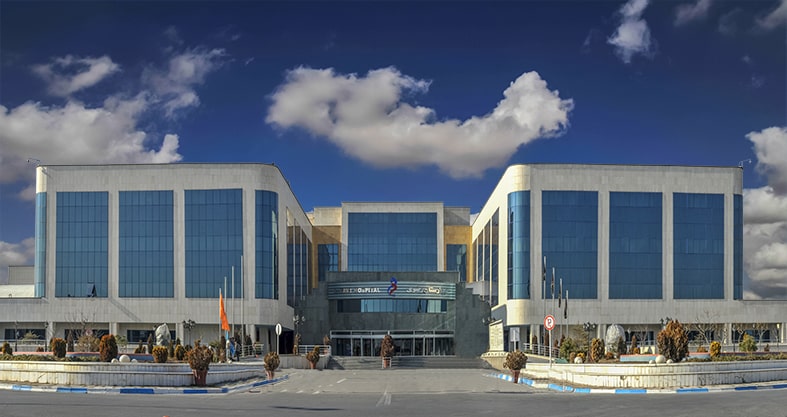

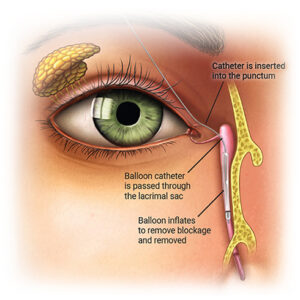
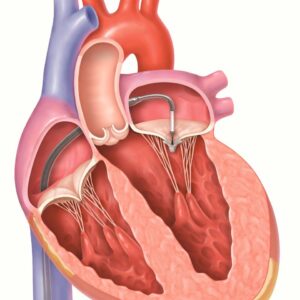
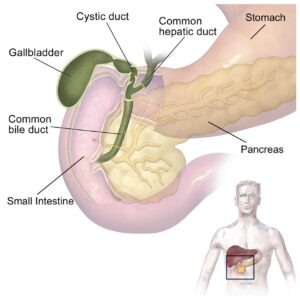
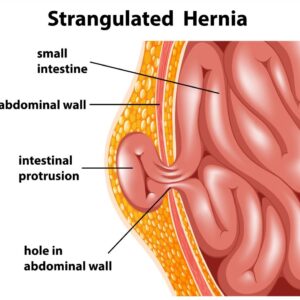
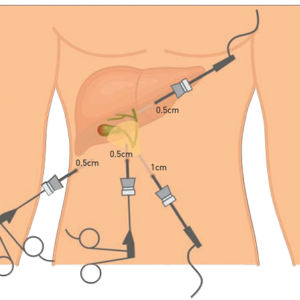
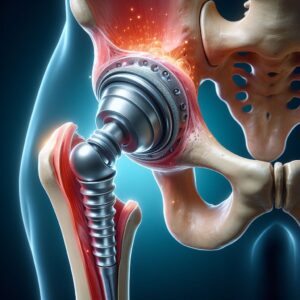
Reviews
There are no reviews yet.